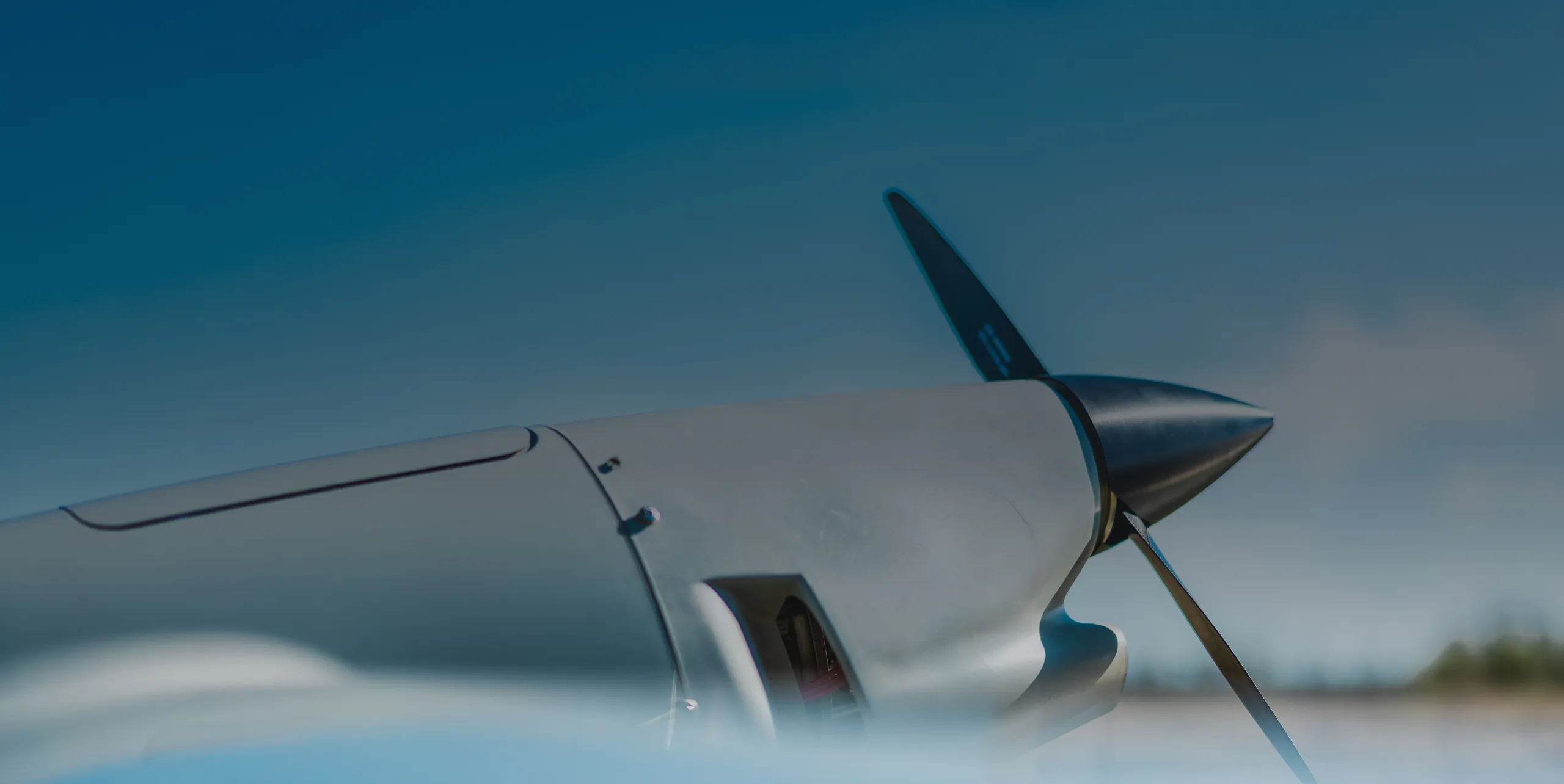 Today is the Day of the Signals and Cybernetic Forces of Ukraine
Today is the Day of the...
Today is the Day of the Signals and Cybernetic Forces of Ukraine
Today is the Day of the...

A modified version of Skyeton’s Raybird UAV recently completed a test flight in Ukraine using hydrogen fuel. The aircraft was equipped with an electric engine powered by a hydrogen fuel cell, which converts hydrogen into electricity.
Following the successful flight, Skyeton is focused on developing a new fuselage architecture tailored for hydrogen integration. The updated design will optimize space and weight distribution for the hydrogen fuel cell system, supporting the future serial production of the hydrogen-powered Raybird.
Roman Knyazhenko, CEO of Skyeton: “The main task for us is to create an aircraft with an electric engine capable of over 15 hours of flight endurance in extreme conditions while carrying a payload. We are considering a hydrogen fuel solution as a way to gain all the advantages of an electric motor, such as high reliability, engine power, and ease of maintenance, combined with a long-duration continuous flight, which is a hallmark of our UAV.”
The Raybird UAS is used in long-endurance surveillance and reconnaissance missions. With the shift toward hydrogen-electric propulsion, the platform will offer enhanced operational efficiency and environmental performance for both defense and civilian applications.
